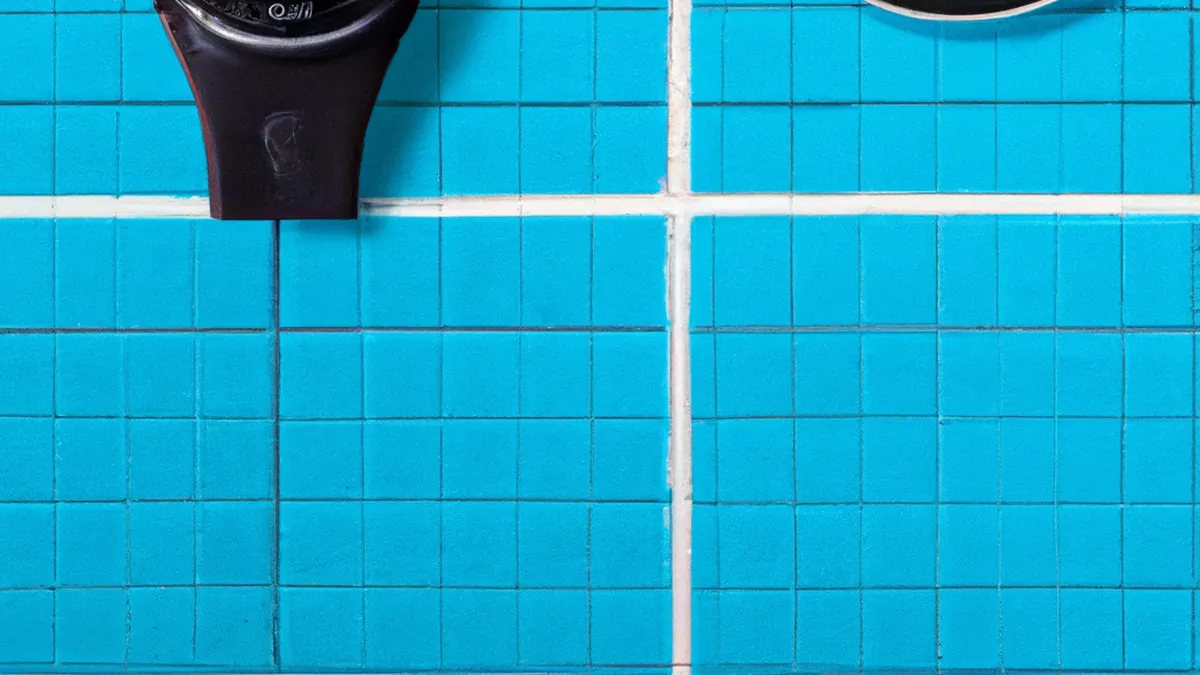Running in Cold: Stay Liquid-Lively
Managing Hydration During Cold RunsRunning in cold weather presents challenges and rewards. The crisp air invigorates your senses, and a winter landscape refreshes your experience. However, hydration often gets overlooked. This oversight is surprising since staying hydrated remains crucial even in colder temperatures. Let’s explore effective ways to manage hydration during chilly runs.
Understand Your Hydration Needs
Hydration needs vary based on body weight, running intensity, duration, and individual sweat rates. Many runners mistakenly believe they sweat less in cold weather. This misconception leads to a false sense of security. In reality, dry, cold air causes increased fluid loss, especially through respiration. Thus, understanding your body’s signals is essential.Assess your hydration status before your run. Thirst level serves as a good indicator; if you feel thirsty or see dark yellow urine, increase your fluid intake. Consider your activity level and run duration. Longer runs and higher intensity require more hydration. Keeping these factors in mind helps maintain proper hydration.
Strategies for Staying Hydrated
As an Amazon Associate I earn from qualifying purchases.
Gear tip: consider electrolyte mix, soft flask, and hydration tablets to support this topic.
Implementing effective hydration strategies significantly improves your performance and well-being in cold weather. Here are essential tips for maintaining hydration during chilly runs:
1. Drink Before You Run
Start your run well-hydrated. Aim to drink water or an electrolyte beverage about an hour before heading out. This pre-run hydration prepares your body for physical demands and ensures adequate fluid levels.
2. Bring Water Along
Carry water during your run, even in colder weather. Use hydration packs, belts, or handheld bottles to stay hydrated on the go. If you prefer not to carry water, plan your route to include fountains. Having water available encourages regular sipping, preventing extreme thirst.
3. Monitor Your Fluid Intake
Drink about 7-10 ounces of water every 20 minutes during your run. This guideline may vary based on temperature, humidity, and your sweat rate. Pay attention to your body’s signals; if you notice dehydration signs like fatigue, dizziness, or dry mouth, increase fluid intake.
4. Hydration Reminders
In the cold, you may forget to drink, especially if focused on pace or scenery. Set reminders on your watch or phone to prompt hydration at regular intervals.
Conclusion
Staying hydrated during cold runs enhances your performance and well-being. Follow these strategies to maintain optimal hydration while enjoying your winter running experience.
Below are related products based on this post:
FAQ
Why is hydration important during cold runs?
Hydration is crucial during cold runs because dry, cold air can lead to increased fluid loss, particularly through respiration. Many runners mistakenly think they sweat less in cold weather, which can result in dehydration. Staying properly hydrated helps maintain performance and overall well-being during winter running.
What should I do before heading out for a cold run?
Before your run, it’s important to start well-hydrated by drinking water or an electrolyte beverage about an hour in advance. This preparation ensures that your body is ready for the physical demands of running in cold weather.
How can I remember to hydrate during my run?
You can set hydration reminders on your watch or phone to prompt you to drink at regular intervals. This is especially helpful in cold weather when you may forget to hydrate, allowing you to maintain optimal fluid levels throughout your run.















Post Comment